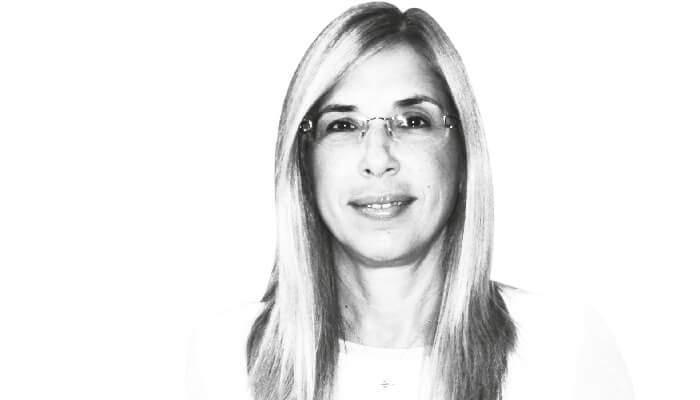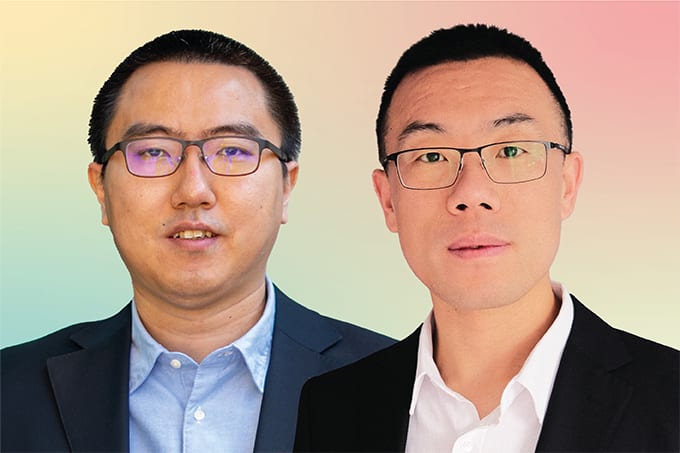Back in 2010, I was invited to prepare a special issue for a scientific journal on advances in chemical analysis of organic compounds. In essence, I needed to describe the state of the art at that time.

What I now recognize, looking back, is that much has changed! What was considered “recent” at that time is in many cases already considered “old fashioned” today. Researchers have made tremendous leaps in the last decade, with the help of technological advances that have resulted in sophisticated analytical instrumentation relatively rapidly. High-speed, automation and increased productivity were the driving forces behind these developments.
Analytical chemists have a wide choice of techniques and methods available to them for organic compounds – and numerous options for sample pretreatment and preparation. Separation techniques predominate, with HPLC still the most powerful and popular technique for the analysis of samples containing organic compounds. The demand for ultrafast separations drove the continued development of instrumentation hardware (UHPLC), as well as the introduction of new materials in the field of chromatographic stationary phases.
One of the most important chromatography trends in recent years has been the introduction of “green” media for both analysis and sample preparation; for example, ionic liquids (salts liquid at room temperature), supercritical fluids, superheated (in subcritical state) water, and neutral gases. The parameters determining the “green” nature of chemical analysis include the elimination of chemical reagents and organic solvents, the reduction of emissions, effluents and wastes to the environment, the replacement of toxic substances in analytical processes, and the reduction of time and labor consumption.
Several time-consuming, tedious and laborious steps consume a huge amount of toxic organic solvents in sample preparation, and so there has been push to replace extraction techniques yielding high waste with green microextraction techniques that reduce the number of sample treatment steps, as well as the consumption (and disposal) of hazardous reagents and energy usage. Indeed, miniaturized approaches to classical LLE and SPE techniques have led to methodologies, such as solid phase microextraction, single-drop microextraction (SDME), dispersive liquid-liquid microextraction (DLLME), μ-SPE (micro-Solid Phase Extraction), and many others – with spectacular reductions in extraction solvent volumes.
What’s next? I believe that the green microextraction techniques of the future will be based on even less toxic, more renewable solvents, and the development of new sorbent materials, such as metal organic frameworks (MOFs) in various physical guises, 3D-printed SPE sorbents, and magnetic sorbents. And we’ll continue to see miniaturization, simplification, automation and on-line coupling capability with analytical instruments, which all lend themselves to a greener approach.
Analytical chemistry is a pivotal science that determines, to a great extent, the developments in other scientific fields – including chemical analysis of organic compounds. And as there are no “universal methods,” doesn’t the analytical chemist have the last word? We analytical scientists have a unique opportunity (and responsibility) to pursue and implement green methods, in the hope that other fields of chemistry will follow our lead.




